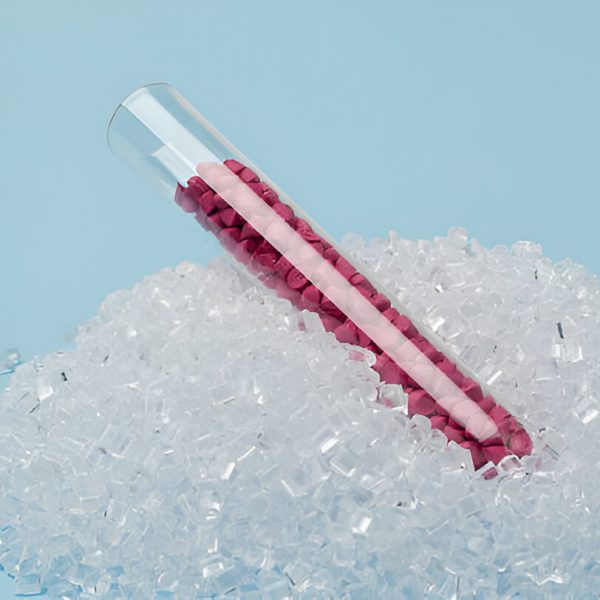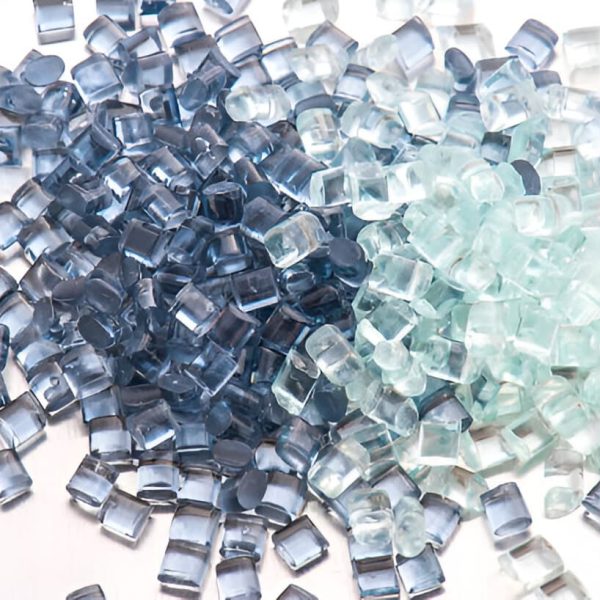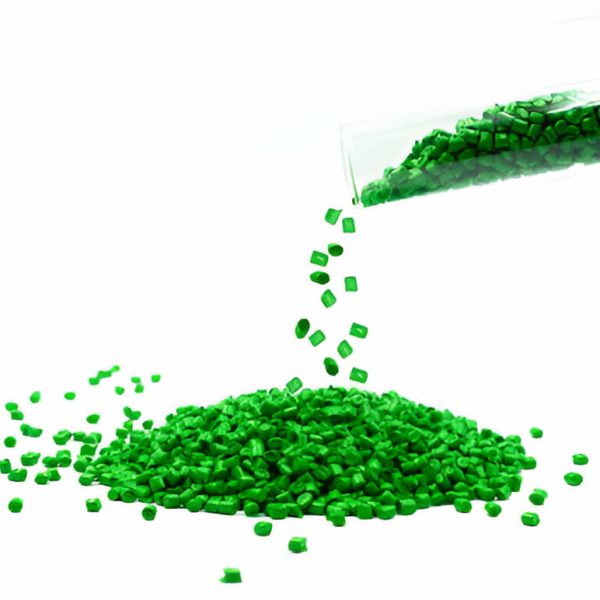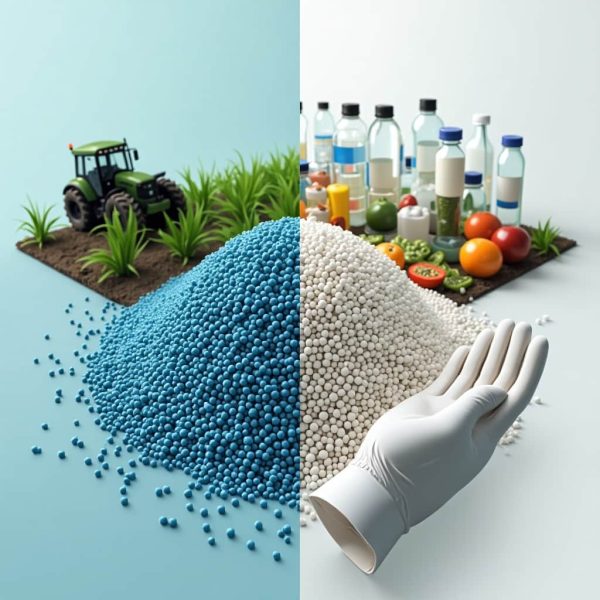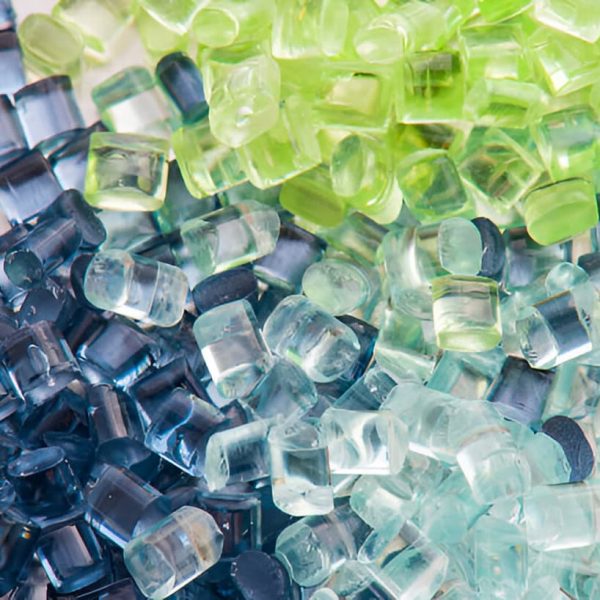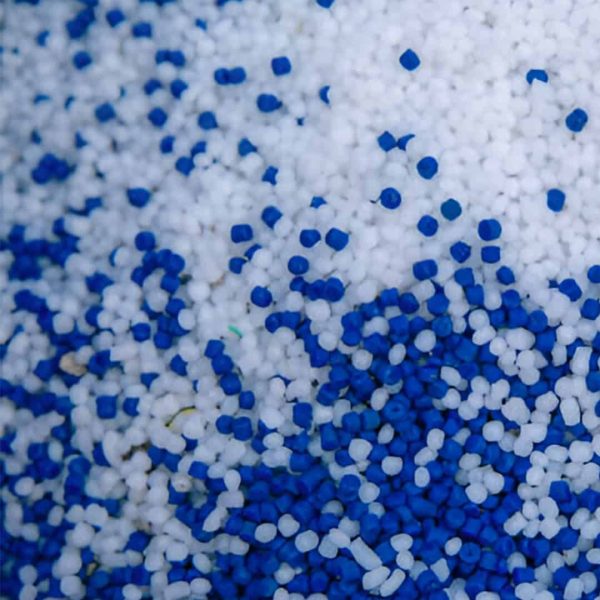High-density polyethylene (HDPE) 3840 is a durable and resilient polymer widely used in the production of tanks, pipes, and industrial components due to its high density, tensile strength, chemical resistance, and excellent thermal stability. This material is also food-safe and suitable for rotational and injection molding products.
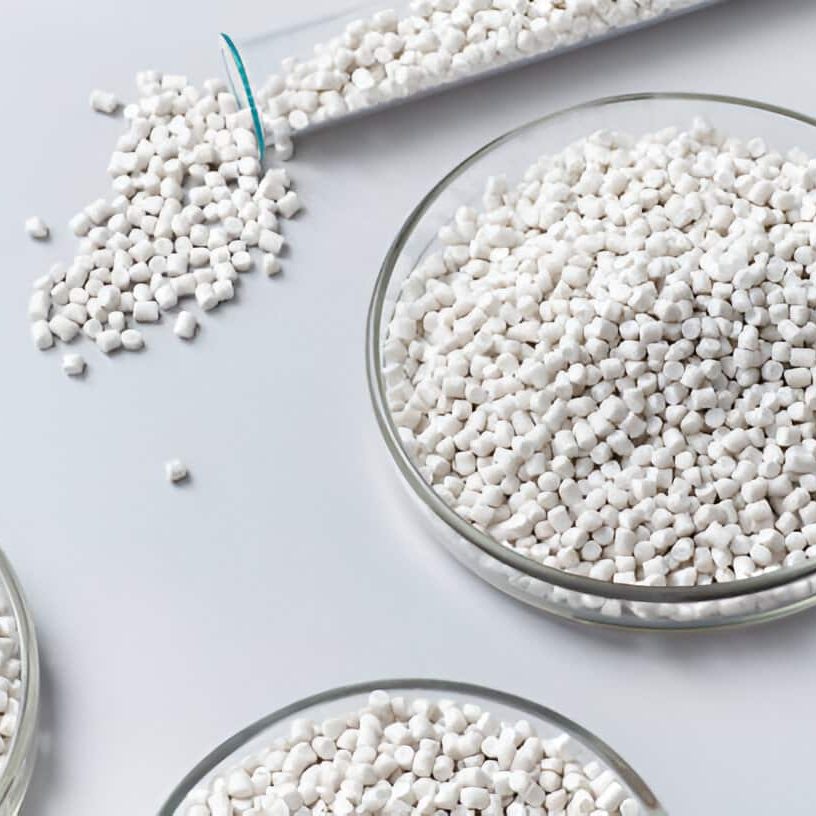
Technical Features
Features
Melt Flow Index (MFI)
Tensile Strength at Yield Point
Elongation at Break
Unit
g/10min
MPA
%
Test Method
ASTM D-1238
ASTM D-638
ASTM D-638
Value
4
15
900
Applications
- Water tanks
- Septic sewage tanks
- Water transmission pipes
In the vast world of polymer science, certain materials stand out due to their unique characteristics, making them widely used across various industries. One such material is Polyethylene 3840, which, thanks to its specific properties, finds applications in diverse industrial fields, ranging from packaging to construction and consumer product manufacturing. This article explores the features, chemical structure, and properties of Polyethylene 3840, while highlighting its major uses across industries.
Introduction
Polyethylene 3840 is a type of high-density polyethylene (HDPE) resin produced from crude oil. This polyethylene variant is known for its high strength, chemical resistance, and stability under different environmental conditions, making it valuable in many industries. The number 3840 refers to a specific type of polyethylene characterized by unique molecular weight and density properties. These traits make Polyethylene 3840 ideal for applications requiring high strength and durability.
Polyethylene, in general, is one of the most widely used plastics in the world, with various types designed for different applications. HDPE 3840 belongs to the high-density polyethylene category, offering greater hardness and resistance to chemicals compared to other polyethylene types.
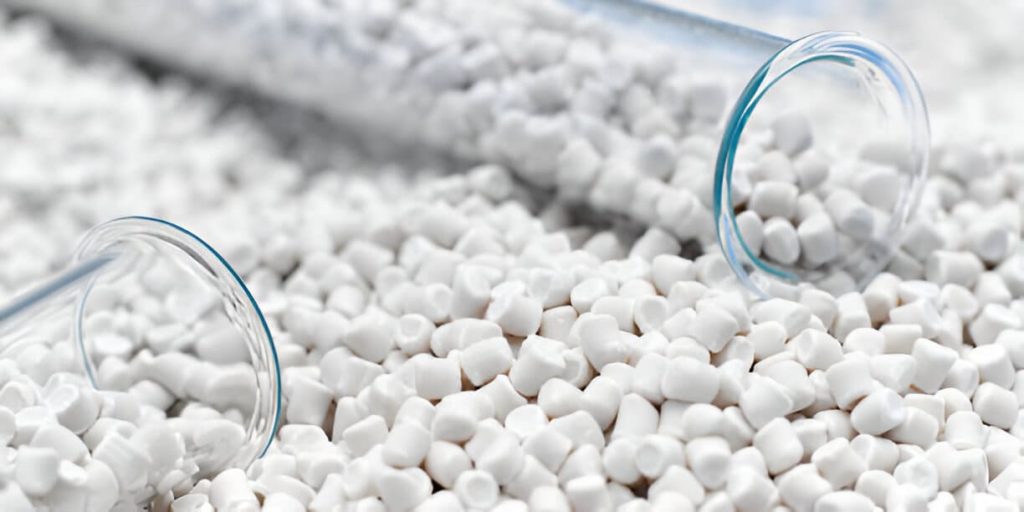
Properties
HDPE 3840 is a type of polymer used for various applications across different industries. This type of polyethylene is known for its unique properties, including high strength, exceptional durability, and excellent chemical resistance.
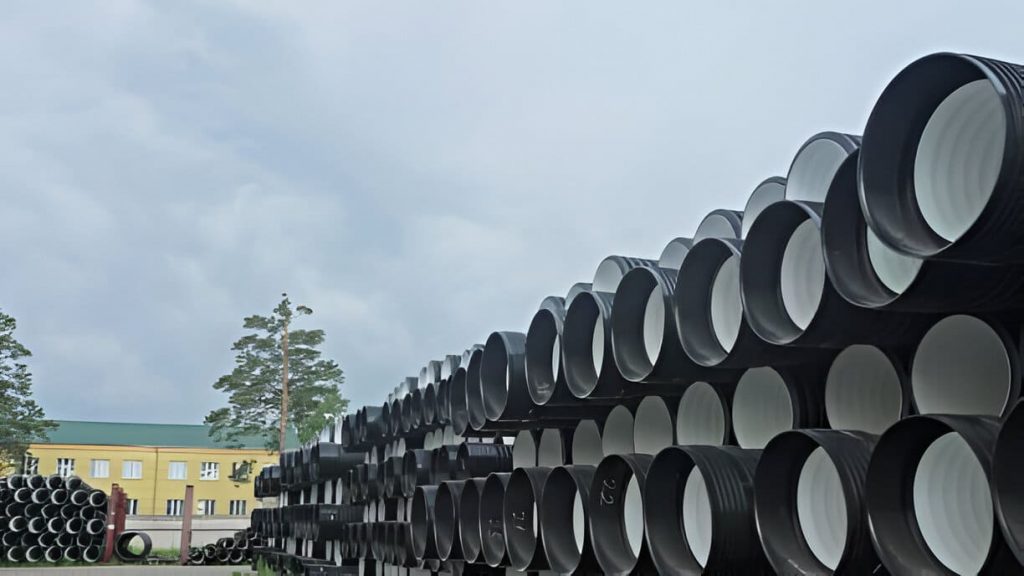
Chemical and Physical Properties
The properties of Polyethylene 3840 are heavily influenced by its molecular structure. This polymer is composed of long chains of ethylene molecules that are polymerized under specific conditions. Below are some of the key characteristics of HDPE 3840:
-
High Density
High density is one of the most prominent features of Polyethylene 3840. This property makes it stronger compared to other types of polyethylene. Its high density makes it ideal for producing components that require strength and durability, such as pipes and chemical tanks.
-
Excellent Chemical Resistance
HDPE 3840 has excellent resistance to a wide range of chemicals, including acids, alkalis, and oils. This feature enables it to perform well in chemical and industrial environments where corrosive substances are present. Hence, this polymer is used in manufacturing pipes, tanks, and other industrial equipment exposed to chemicals.
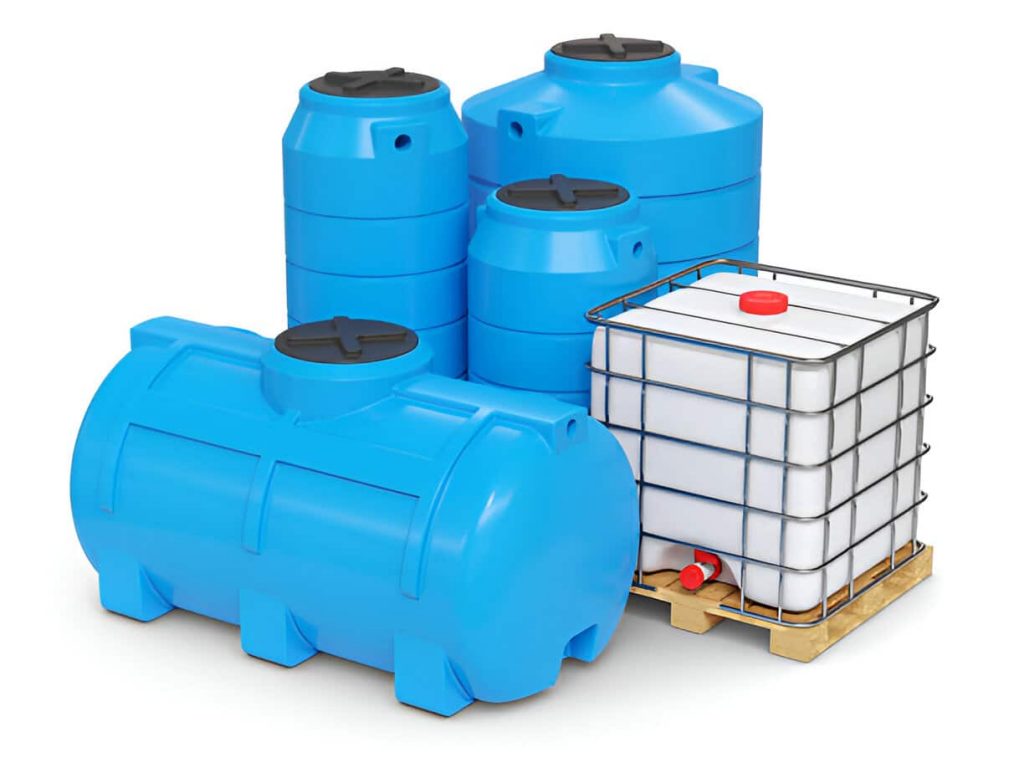
-
Thermal Stability
This polymer demonstrates excellent performance across varying temperatures. It can withstand temperatures of up to 120°C (248°F) and shows remarkable resistance to thermal fluctuations.
-
UV Resistance
Some types of HDPE 3840 are specifically modified to resist ultraviolet (UV) radiation. This feature allows the material to retain its durability and stability in outdoor environments exposed to direct sunlight. This property is particularly important for applications such as agricultural covers and outdoor packaging materials.
-
Impact Resistance
This polyethylene also exhibits relative resistance to impact and pressure. This feature ensures that the polymer performs well under mechanical stress.
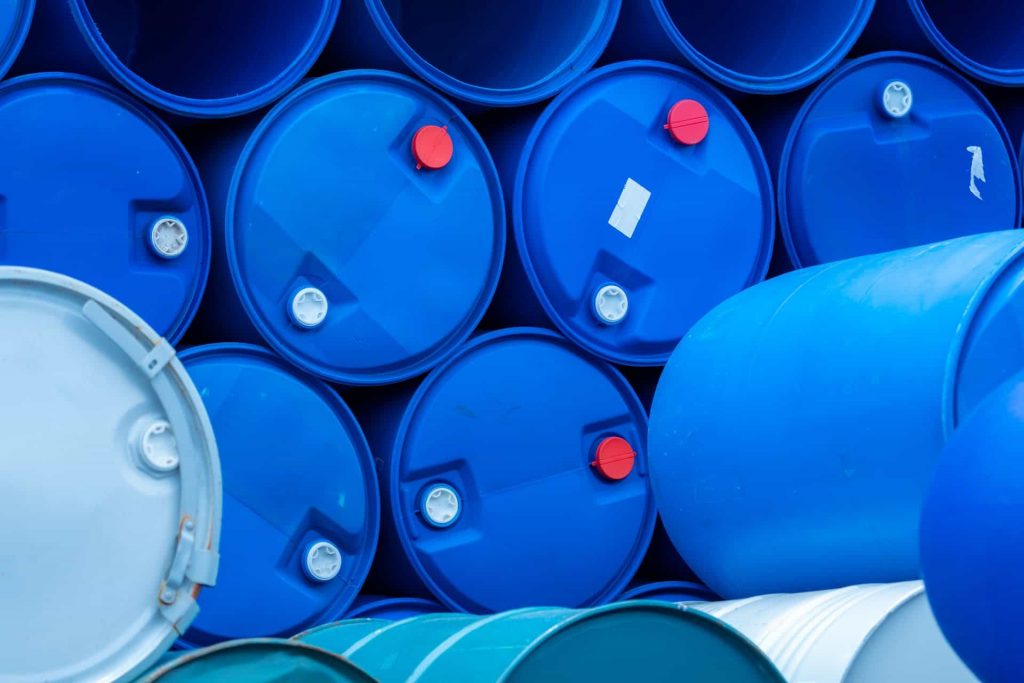
Production Process
The production process of HDPE 3840 is similar to that of other types of polyethylene, but its unique properties result from specific polymerization conditions and catalyst selection. Below is an overview of the process:
-
Polymerization
In this stage, ethylene gas is polymerized under specific conditions. Special catalysts are used to control molecular weight and density to achieve the desired properties. Ultimately, long chains of polyethylene molecules are formed, which constitute the primary resin.
-
Extrusion and Pelletization
After the polyethylene resin is produced, the molten material is passed through an extruder to form various shapes such as sheets or films. These shapes are then cooled and cut into small pellets ready for transportation and further processing.
-
Additives and Modifications
In the production of HDPE 3840, additives may be incorporated to enhance properties such as UV resistance, flame retardancy, or processability. For example, stabilizers are added to the resin to prevent UV-induced degradation or to improve its stability during the manufacturing process.
